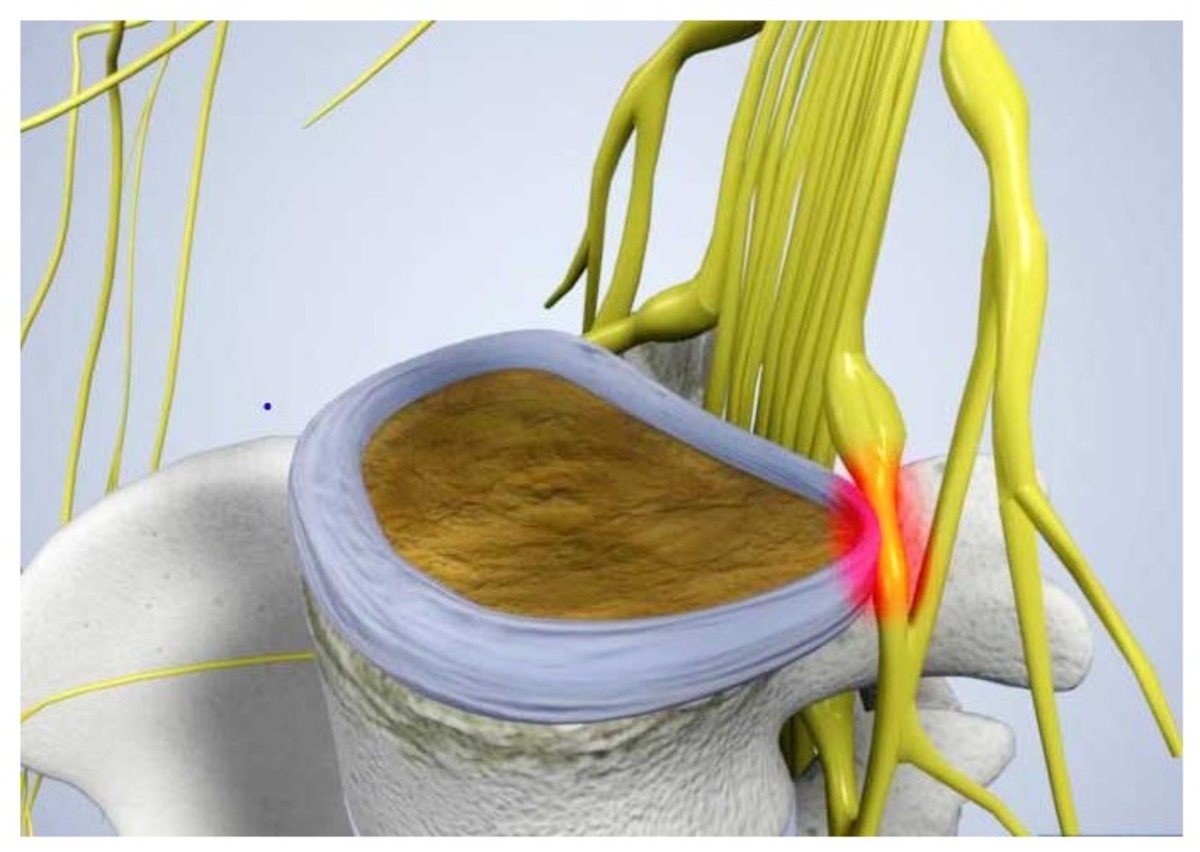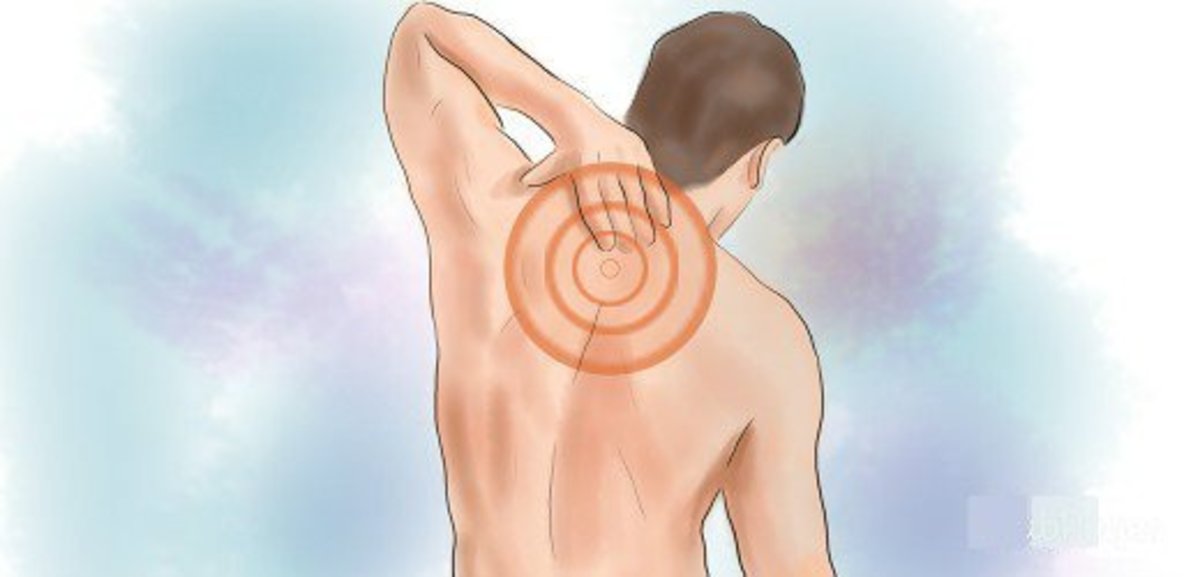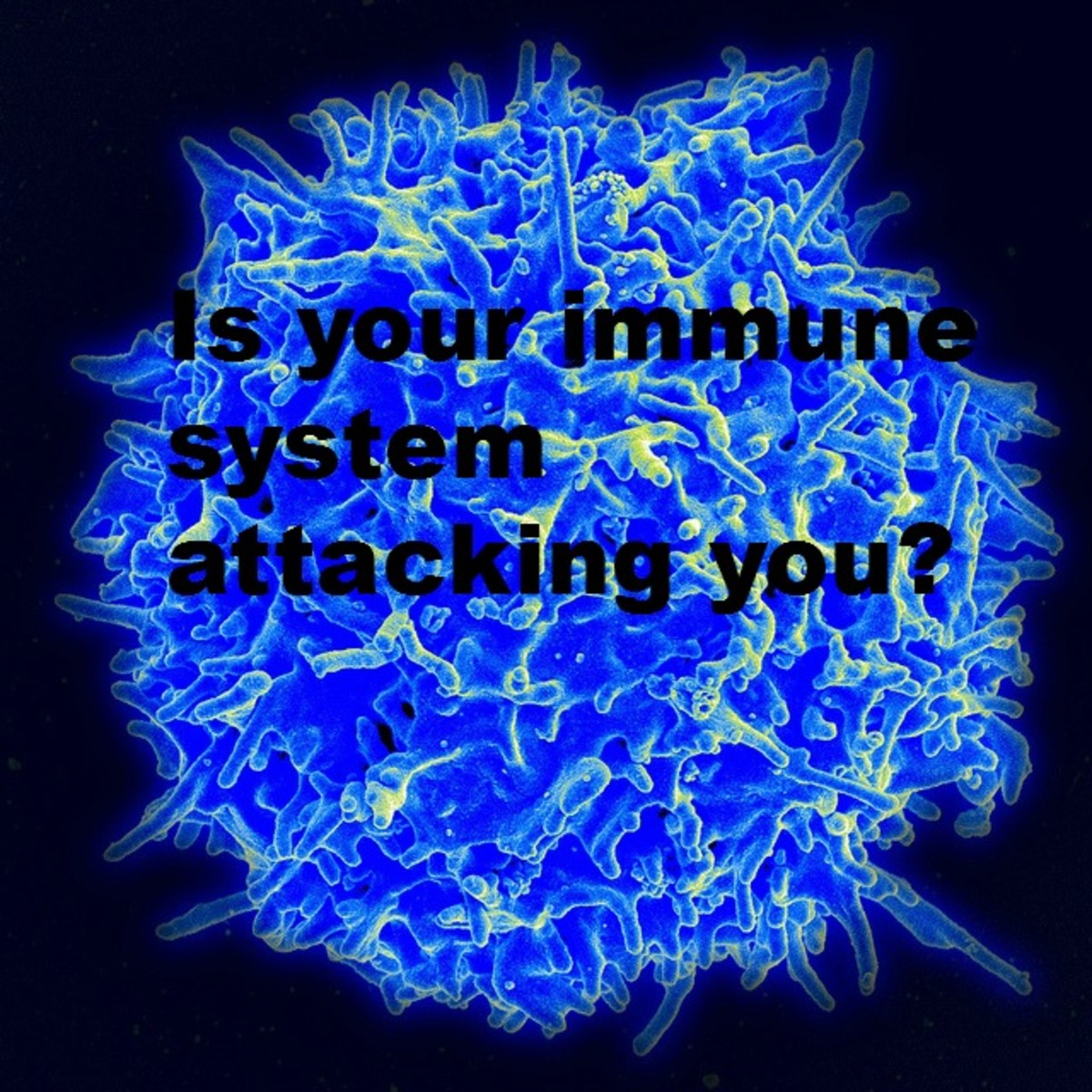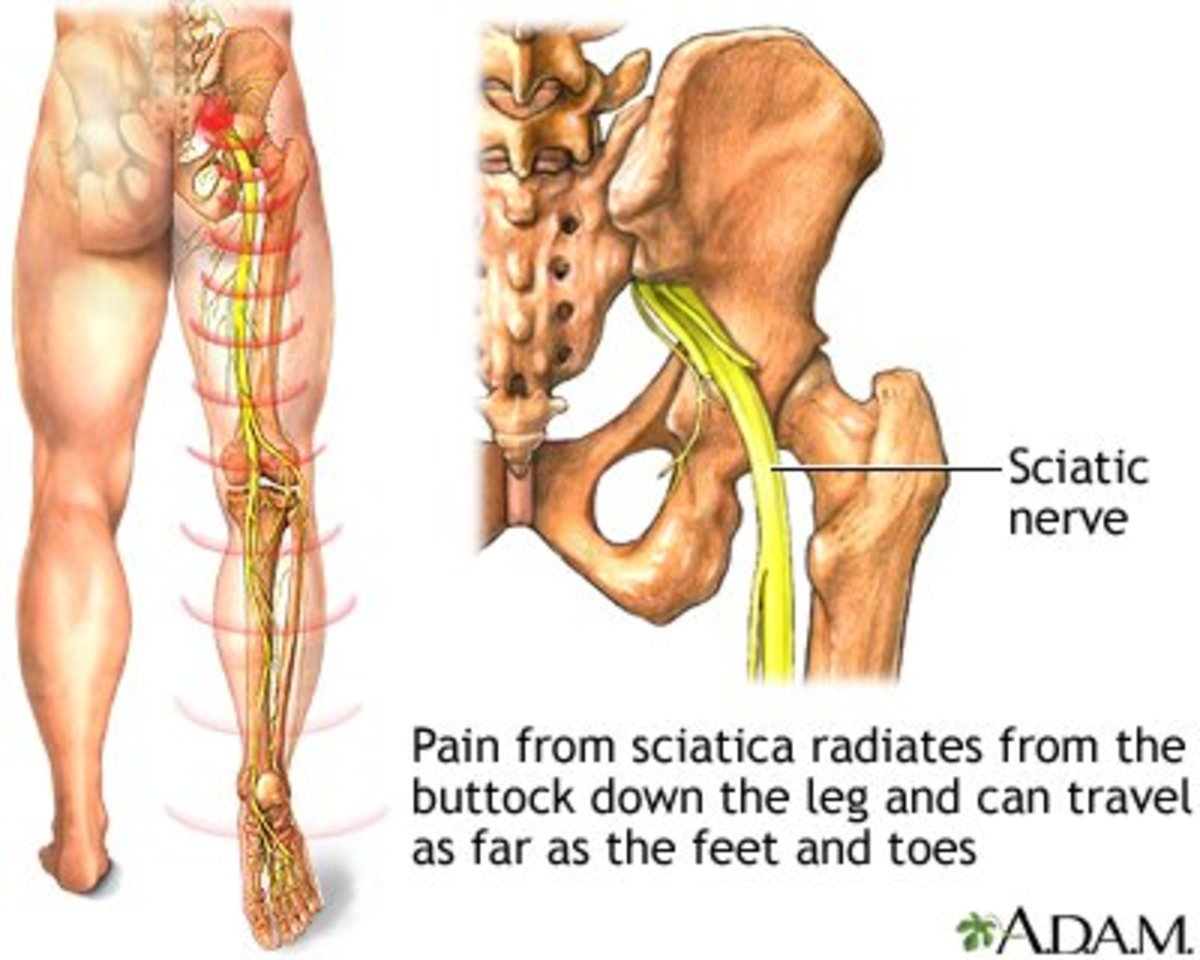Why Is My Sciatica Not Going Away?

This Pain Won’t Back Down!
Sciatica can be a life destroyer, the things you take for granted like getting out of bed, walking, even laughing can trigger a searing lower back pain that radiates down one, and in some cases both your legs. You’ve already tried resting for long periods over the next few months.
But by this time the pain has gotten so bad that it’s impacting your social relationships, going out with friends has become something you dread. Earning a living is greatly impacted (we all have bills to pay!)
So, you research to find out how you can stop your sciatic nerve from hurting. You embark on a mission to relive this problem by racking up hours of various treatments which only provide temporary relief.
Anxiety and depression set in, you withdraw from society; now it’s just you and this cursed sciatic pain. as you lay in bed grimacing in excruciating discomfort, you’ve had enough of the shooting, stabbing, pins and needles engulfing your lower back and legs all the while being teased by memories of when your mobility allowed you to enjoy your life pain-free.
However, don’t give up! There are solutions that can and will work getting you back to some sort of normality and a better quality of life. And potentially keeping sciatica away for good!
What is Sciatica?
First only to the vagus nerve in size, the sciatic nerve is the longest and widest in the body, Sciatica occurs when the sciatic nerve roots or branches are compressed, inducing pain in the lower back and buttocks causing sharp shooting pains normally down one side of the leg.
Herniation refers to the disc found in between each of the vertebra in the spine which accommodates 10-20% of bodily force or your body’s shock absorbers. These discs are susceptible to bugle, tear or crack by spinal diseases and pressure due to lifting heavy things, trauma or poor posture.
The reason why the pain is so sensitive is because each spinal nerve receives sensation from specific areas of the skin called dermatomes which covers the entire surface of the thigh leg and foot, sensations like:
- Touch
- Temperature
- Pain
- Pressure
Are signalled to the spinal cord and then to the brain where these sensations are registered.
Sciatica symptoms
- Muscle weakness
- Slow reflexes
- Tingles
- Numbness
- Stiffness
- Hip Pain
- Burning sensations
What Causes Sciatica
The most common cause for sciatica (90% of cases) are due to a herniated lumbar disc resulting in sciatic nerve compression.
Causes of sciatica can be divided into two categories, spinal and non-spinal:
Spinal Causes
Intervertebral Disc Herniation is caused by poor posture, trauma and strong rotational movement. The affected disc can bulge towards the centre of the spinal cord triggering multiple nerve root compression's. If the disc bulges laterally (to one side) it will normally compress one nerve root effecting one side.
Macrophages secrete Cytokines effecting the Nucleus Pulposus causing the nerve to compress creating swelling and inflammation.
Spinal Stenosis Is the narrowing of the spinal canal caused by degenerative bone disorders, trauma or inflammatory disease like rheumatoid arthritis.
Spondylolisthesis occurs when a vertebra is displaced (slipped disc) due to trauma, surgery or degenerative spinal disease these conditions tend to pressurise surrounding nerve roots.
Spinal Canal Growths Abscesses, tumours and cysts can cause uncomfortable compression of the spinal nerves.
Non-Spinal Causes
Happen outside the spinal area resulting in damage and compression of the sciatic nerve itself.
Piriformis Syndrome The piriformis muscle and sciatic nerve are close to each other, if the piriformis is irritated it can cause muscle spasm and inflammation compressing the sciatic nerve.
Wallet Sciatica (credit-carditis) Many of us carry wallets, cards or phones in our back pockets when sitting these objects apply pressure on the gluteal muscles which compress the sciatic nerve causing sciatic nerve symptoms.
Pregnancy While sitting the fetal head presses down on the sciatic nerve on the area just before it exists the pelvis.
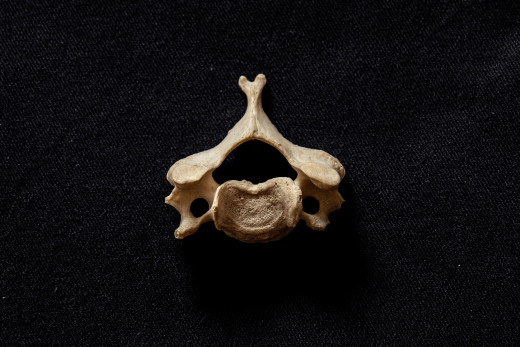
Non-Surgical Sciatica Treatments
The odd thing about sciatica is that it's actually not a medical condition and in fact is a part of a cluster of symptoms caused by other underlying health conditions.
Although some cases just require rest; staying off your feet for a few days and light exercise to decrease inflammation. There are plenty of non- surgical treatments for sciatica that can provide welcome relief.
Acupuncture
Relieve sciatic pain by stimulating effected nerves in the muscles and other tissues releasing endorphins and neurohumorals decreasing the pain signals sent from the spinal cord to the brain.
Reduces inflammation by releasing vascular and immunomodulatory factors..
Improves muscle stiffness.
Increases serotonin and noradrenaline levels helping to speed up nerve repair and reduce pain.
Physiotherapy
Exercise and physical mobility techniques can help to increase strength in the muscle tissues of the lower back, pelvis, hips, buttocks and thighs, doing so results in:
- Reduce muscle spasm
- Improves movement of the lower body
- Prevent future pain build-up and reduce fear of moving
- Restore functionality of lumbar(link) and sacroiliac joint(link)
- Chiropractic care
Chiropractic Adjustments
Ice Therapy reduces inflammation and controls sciatic pain the chiropractor would apply an ice-pack to your lower back and rear pelvis which helps to control and numb the epicentre of the pain
Ultrasound creates soft sound waves that penetrates deep into the tissues increasing circulation, reducing muscles spasms, cramping, stiffness and swelling.
Spinal Manipulation frees restricted movement of the spine helps to restore misaligned vertebrae to their proper positions.
Natural Remedies for Sciatica

There are natural remedies that can help relieve the stress of sciatica should you not want to try alternative non-surgical treatments:
 Epsom Salt
Epsom Salt
Magnesium is a staple of healthy nerve function you can safely reap the benefits of this vital mineral through Epsom salt which is a mix of sulphate and magnesium. Epsom salt is absorbed by the skin easily. Simply soak yourself in a hot bath with an added two cups of Epsom salt for 20 minutes three times a week and you should feel some improvement in mobility and experience some pain relief.
 Ginger
Ginger
One of the most powerful natural nerve pain relivers is ginger as it adds potassium to your diet, potassium deficiencies have been shown to increase sciatic pain. All you have to do is drink ginger tea or juice and if you don’t want to drink it; chew on some ginger slices daily. You should feel a marked improvement after a short period.
 Fenugreek Seeds/ Methi Seeds
Fenugreek Seeds/ Methi Seeds
Fenugreek seeds are packed with ant-inflammatory properties and provide great pain relief from sciatic nerve pain. One of the best ways to use the seeds is by making a poultice. Either crush a load of methi seeds or powder then add milk make into a thick past, boil. Then apply the poultice to your lower back its important to apply this to the area where the sciatic nerve is located as opposed to say back of the leg or foot.
 Turmeric
Turmeric
This wonderful spice has become an internet sensation (excuse the pun) over the years and with good reason it has shown to relieve arthritis pain and heartburn. And can greatly reduce inflammation due to it being rich in a chemical called curcumin. Add some turmeric to a cup of milk a cinnamon stick (also good for inflammation) a spoonful of honey and drink twice per day. Do not try use this method if taking blood thinning or diabetes medication.
By trying these natural remedies, you should see signs of sciatica Improving.
Q Angle
An interesting account of someone that went through a sciatic nightmare eventually found out the reason his sciatica wasn’t going away was due to something known as the Q angle and what he needed as part of his rehabilitation was femur re-alignment.
For anyone reading this and has suffered with sciatica for some time this might provide some answers you may not have been aware of.
What Approach Helped With Your Sciatica?
This content is accurate and true to the best of the author’s knowledge and does not substitute for diagnosis, prognosis, treatment, prescription, and/or dietary advice from a licensed health professional. Drugs, supplements, and natural remedies may have dangerous side effects. If pregnant or nursing, consult with a qualified provider on an individual basis. Seek immediate help if you are experiencing a medical emergency.
© 2020 Daniel Sevan

